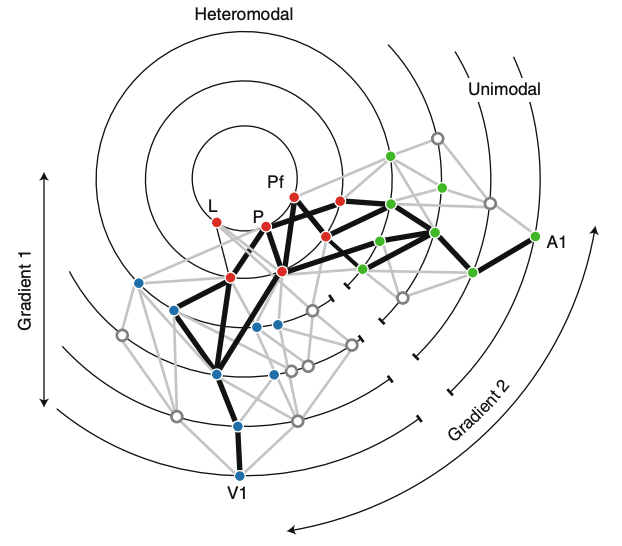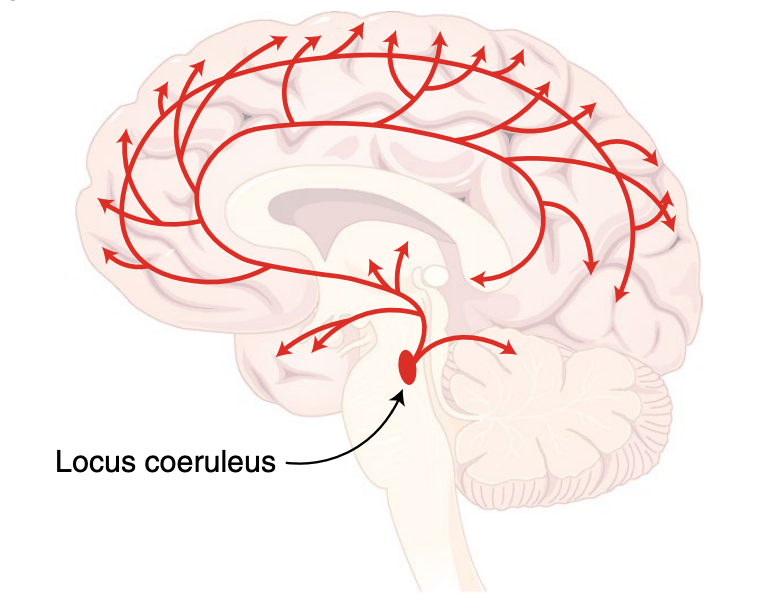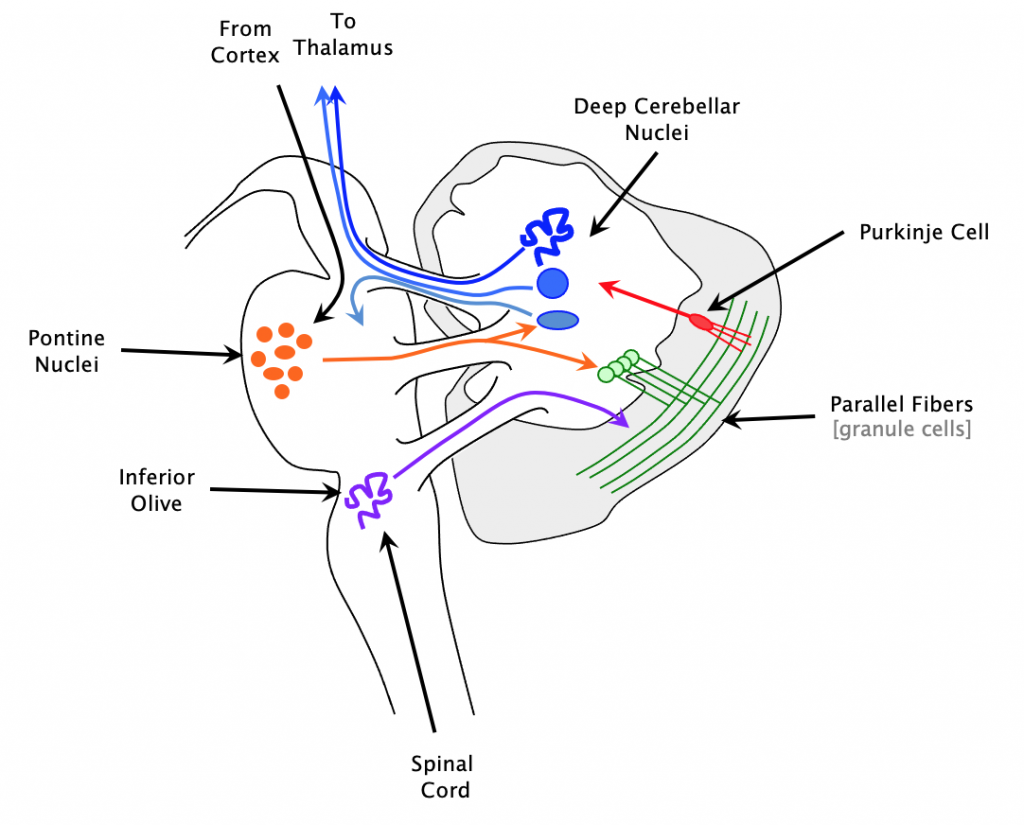Systems Neurobiology

A key interest in the lab are the complex, adaptive dynamics that are emergent in neural activity and strike a balance between flexibility and robustness required to mediate behaviours shaped by natural selection. Using neurobiology as our guide, we combine empirical analysis of multi-modal neuroimaging data with computational modelling to refine our understanding of the algorithmic rules that govern higher brain function.
Neurobiological Modelling

We seek to isolate key neurobiological principles and their algorithmic implications by creating biologically-inspired models of the nervous system, both at the local (i.e., neural) and global (i.e., neural mass) level.
Clinical Systems Neurobiology

When different arms of the ascending arousal system begin to fail (often secondary to pathological inclusion or cell death), the reconfiguration of dynamic networks states can become abnormal. We are interested in quantifying these alterations, and also in determining robust means for re-establishing ‘normal’ brain state dynamics.
Dynamic Network Reconfigurations

Using a variety of different neuroimaging data sources and analytical approaches, a major focus of our group is to identify sensitive and specific ways to track dynamic reconfigurations in the network organisation of the brain, both during spontaneous ‘resting’ conditions, as well as during task performance and across distinct arousal states
Ascending Arousal System

Although the majority of neuroimaging focusses on patterns emergent in the coordinated activity of the cerebral cortex, we attempt to place these patterns on stable biological footing by identifying key neuroanatomical organising principles that support higher brain functions. In particular, we are interested in the different arms of the ascending arousal system, the thalamus, the basal ganglia and the cerebellum.
Delegation to Automaticity

Much of our waking life is spent processing information relatively automatically, however the neurobiological processes that support these processes are relatively poorly understood. We are currently testing the hypothesis that relatively automatic behaviours rely on strong connections between the cerebral cortex, cerebellum and thalamus.